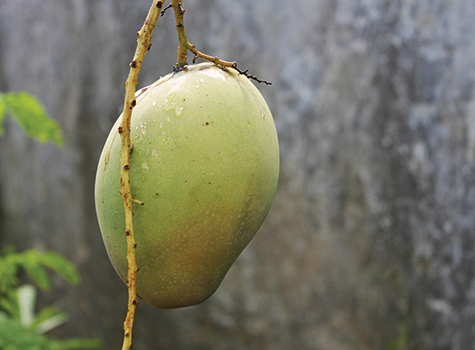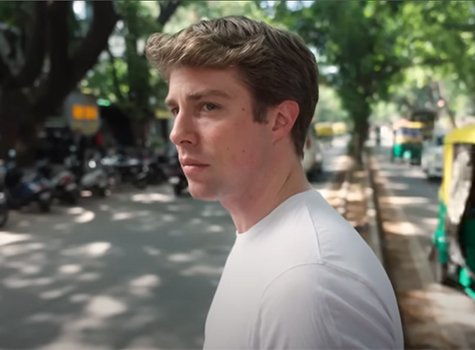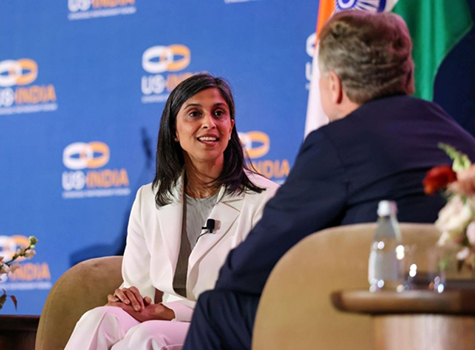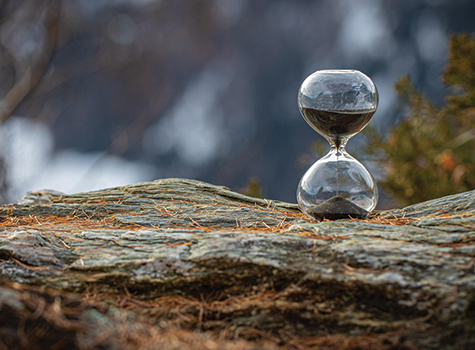By Shyama Parui

If I could craft lyrical poetry, I would write an ode to the mango, the fruit as perfect as fruit can be. Alas, I am not a poet, but I offer this prose as a dedication to, shall I say, the Queen of Fruits.
During my childhood, I observed the flow of spring into summer not by soaring temperatures but the season specific mango preparation. While March rejuvenated nature around us and unleashed greens in every shade, I was and still am partial to the color of kairi (unripe mangos) that awaken taste buds with their sour flavor. Traditionally, women spent afternoons in early April preparing tongue tickling relishes known as achar, amchur, chundho, murabba, depending on which part of India the recipe originates. The open terrace of our building provided ample sunlight to set these varieties of pickles made by different families. Over the days as sunlight dehydrated the trays of deliciousness, kids watched in slow agony wiping the drool off the corners of their mouths. Our consolation was eating green mangos plain or adding little pieces to chaat for some zing resulting in immediate gratification.
The memory of an afternoon walk to the temple when I was around ten years old, is still etched in my mind. It was the month of May, and as my mother was leaving the house, I tagged along to ensure she brought back a hamper full of mangos. Passing through the market, I noticed that most of the fruit and vegetable sellers had opted to sell different varieties of mango instead of their usual assortment of produce. The searing heat, the rise of the dust as autorickshaws passed by and the trickle of sweat running down my forehead were all drowned by the scent of mangos.
The air wafted with the sweet aroma of kesar and happus confirming this aficionado’s belief that a single bite of mango could melt away one’s problems. Summer breaks were sweeter thanks to mango lassi for a post lunch cool down and mothers lured their kids away from the playground by promising aam ras and puris for dinner. Across the country, chilled mango slices were the most popular snack.
The onset of the monsoon in Mumbai meant the end of mango season but we kept the palate happy with the help of canned pulp and store-bought ice cream and kulfi so that our favorite flavor stayed alive all year.
As a city girl, I missed plucking mangos from low branches, raiding the neighbor’s tree to beat boredom or being rewarded when the perfectly ripe mango drops from the tree like a gift from the heavens, experiences that my parent’s generation talked about. Nevertheless, my loyalty to aam prevails. I am particularly happy that my kids share my love for mangos, and I now can bring some home for them from the nearest Indian grocery store. That is a luxury I thought I would never have in this country.
When my husband and I moved to the United States 25 years ago, we could not find any Indian mangos. We spent our first summer longing for them and even gave in when we saw South American varieties, sitting next to the bananas, at the local grocery store. The disappointing taste of these distant cousins of Indian mangos made me crave for the real thing even more. The taste did not even meet the standards of the end of season variety called langra, which literally translates as lame. Luckily, after a few years, with changes in trade deals between the US and India, Alphonso mangos were available through a couple of online importers. The joy I felt at receiving a box of this goodness on Mother’s Day was boundless. It was one of the most thoughtful gifts that my husband had presented to me.
One of the interesting observations I have made on this topic is that we tend to favor the region-specific variety that we grew up eating. For example, my siblings and I desired happus primarily grown in Goa and Maharashtra the most whereas my parents preferred himsagar that is abundant in West Bengal and Bangladesh. My South Indian friends swear by banganapalle, famous in the states of Telangana, Tamil Nadu, and Andhra Pradesh whereas I had never even heard of it until I saw it at a desi dukan. One could surmise that there is no such thing as the best mango, but we all have a soft spot for the best kind of mango that brings back memories related to this divine fruit and yearns to recreate it with our families in a foreign land that simply isn’t hospitable to growing its trees in our backyards or in orchards.
As a true devotee of the fruit, my fear of US tariffs on Indian goods is mainly about missing out on mangos again. I am afraid that it might become unaffordable or too high to justify what might be considered a guilty pleasure. However, from my perspective, enjoying mangos is a tribute to my tastebuds and food for my soul. So, I am keeping my fingers crossed.
Shyama Parui is a long time North Carolina resident and an ardent writer. You can reach her at: shyamashree_parui@hotmail.com



